gokokucha, multigrain tea
Multigrain Roasted Tea from Japan: What is Gokokucha?
James Lau
Posted on September 02, 2025
Share:
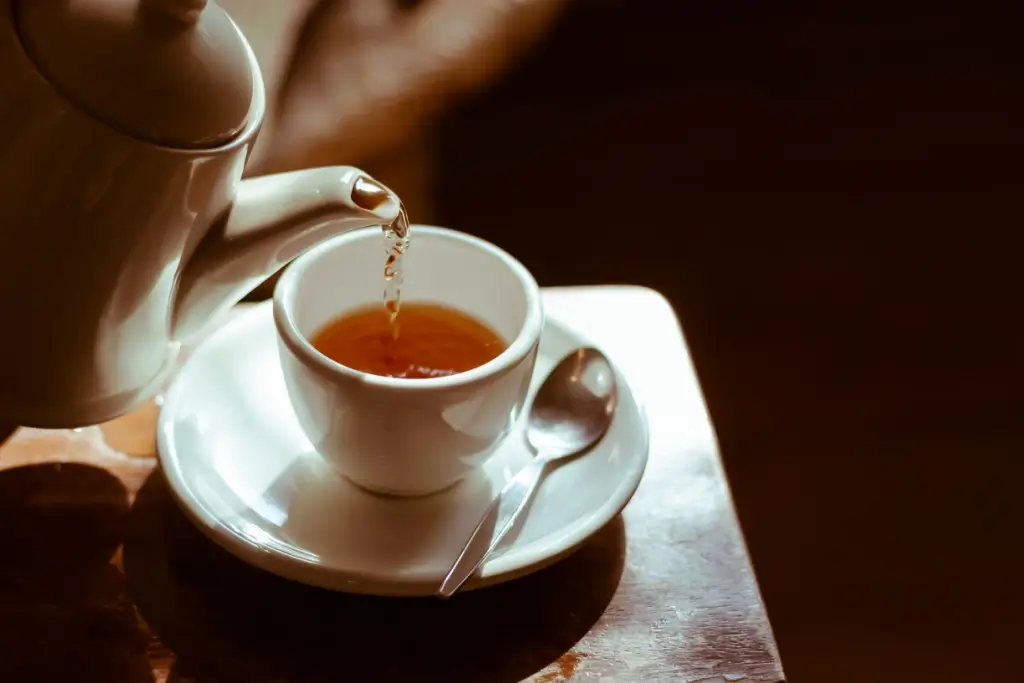
Gokokucha, or “five-grain tea” in Japanese, is a cozy drink made by roasting and brewing a mix of grains. Instead of being made from tea leaves, this multigrain tea comes from simple ingredients like barley, rice, corn, and buckwheat. It has a warm, nutty taste that feels both filling and calming. Because it doesn’t contain caffeine, anyone can drink it, even before bedtime. Gokokucha is an exciting new option if you’ve only tried green or black tea!
What is gokokucha?
Gokokucha is a Japanese tea made by blending and roasting grains such as barley, soybeans, rice, corn, and buckwheat. Since it’s made from grains instead of tea leaves, it doesn’t usually have caffeine. The flavor is warm, earthy, and lightly sweet, differentiating it from stronger teas like green or black tea. Some people say it tastes like roasted nuts or toasted bread. You can drink it hot on a cold day or cold in the summer, and it always feels refreshing.
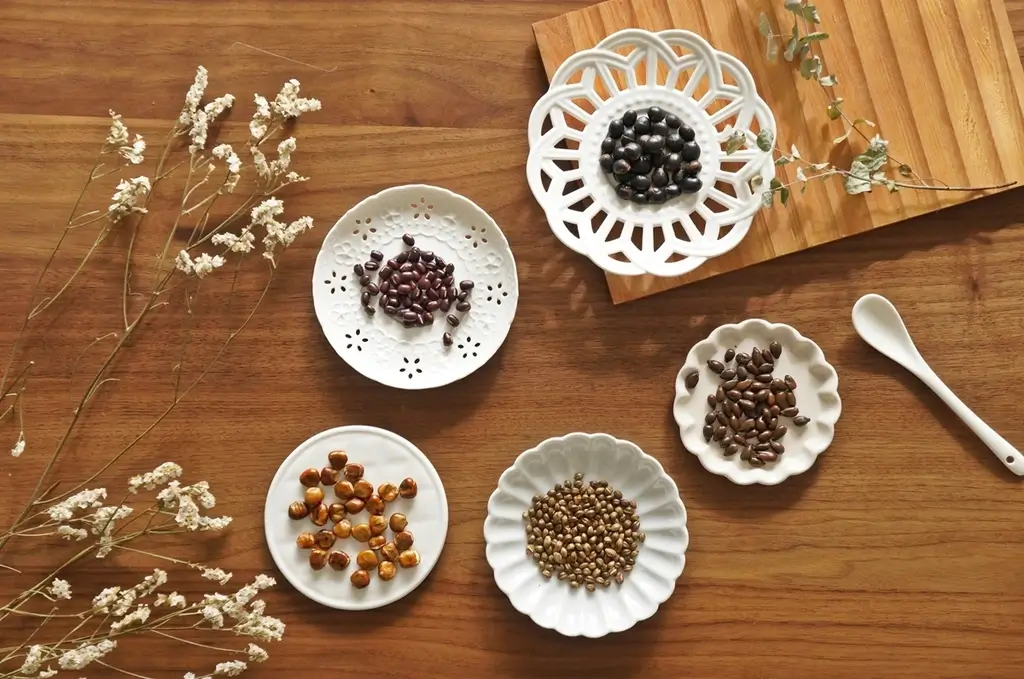
Many brands now sell gokokucha in easy tea bags, so just steep them in water like regular tea. Because it’s caffeine-free, kids and adults can enjoy it anytime, even before bed! The mild taste makes it a good meal drink since it doesn’t overpower the food. Whether at home, school, or relaxing, it’s a drink you can enjoy anytime.
Historical and Cultural Roots
Grain teas like gokokucha have been part of life in Japan for hundreds of years. In earlier times, tea leaves could be too expensive or difficult to find, especially in the countryside. Families turned to grains they already had, like barley, rice, or millet, and roasted them to bring out warm, nutty flavors. Brewing these roasted grains created a comforting, filling, affordable drink, turning simple kitchen items into a beloved everyday beverage.
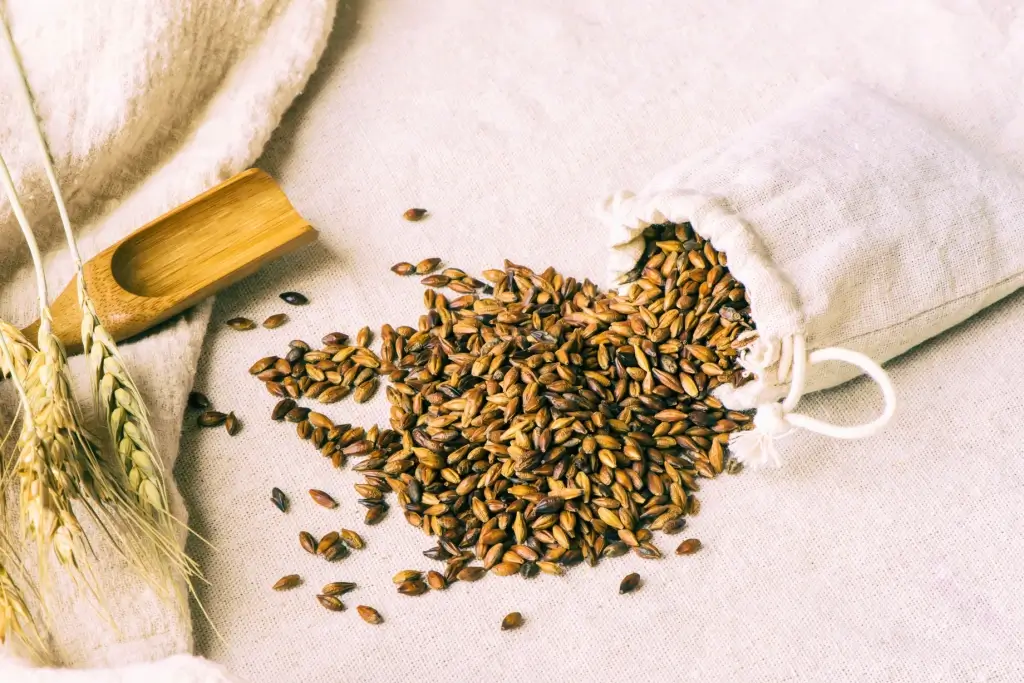
Each region of Japan created its own version depending on local harvests. Some places leaned on barley, while others used rice or buckwheat, making each blend slightly different. This tradition of blending available grains made the drink unique to every household and region. Over time, gokokucha became linked with comfort, family life, and good health. Even today, it is enjoyed in homes and specialty tea shops, bridging old traditions and modern tastes.
Flavor Profile & Brewing Tips
Gokokucha offers a gentle, toasted aroma and earthy, nutty flavors that feel balanced rather than overpowering. Barley brings warmth, buckwheat adds a light earthy touch, and rice gives a mild sweetness. Corn and soybeans round out the flavor with richness. Together, they make a drink that is satisfying but never overwhelming. If you enjoy the taste of roasted food, like popcorn or toasted bread, you’ll probably enjoy this tea.
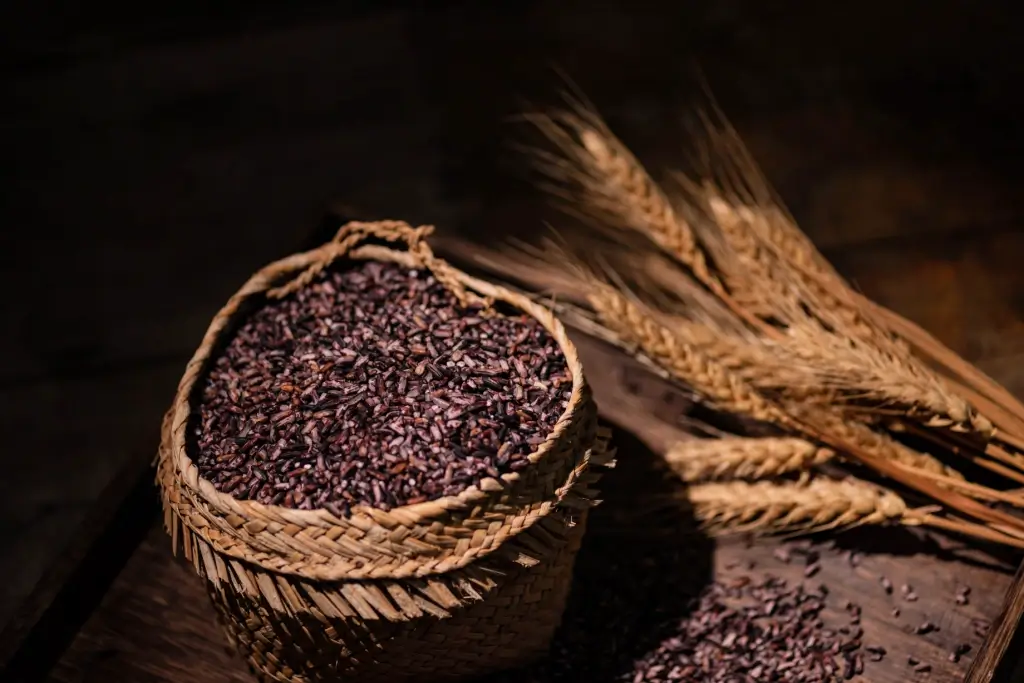
To brew, place one tea bag per liter in boiling water and simmer for about 10 minutes. If you’d like iced tea, just put the bag in a pitcher of cold water and leave it in the fridge for a few hours. Adjust brew time or water quantity to suit personal taste. Its smooth flavor works unsweetened, though a touch of honey or sugar can brighten it. Since it’s caffeine-free, it’s safe to enjoy multiple times a day—morning, afternoon, or night.
Are you looking for excellent teas to pair with your snacks? Check out Sakuraco! Sakuraco delivers traditional Japanese snacks, teas, and sweets from local Japanese makers directly to your door so you can enjoy the latest treats directly from Japan!
Health Benefits & Why It Matters Today
One of the biggest reasons people enjoy gokokucha is that it feels good for the body. Since the grains are roasted, they contain natural minerals and fiber that give the tea a light but nourishing quality. Unlike coffee or green tea, it has no caffeine, so it doesn’t cause jitters or sleepless nights. Many people drink it after meals because it feels easy on the stomach and helps create a sense of calmness. It is also safe for children, making it a family-friendly drink.
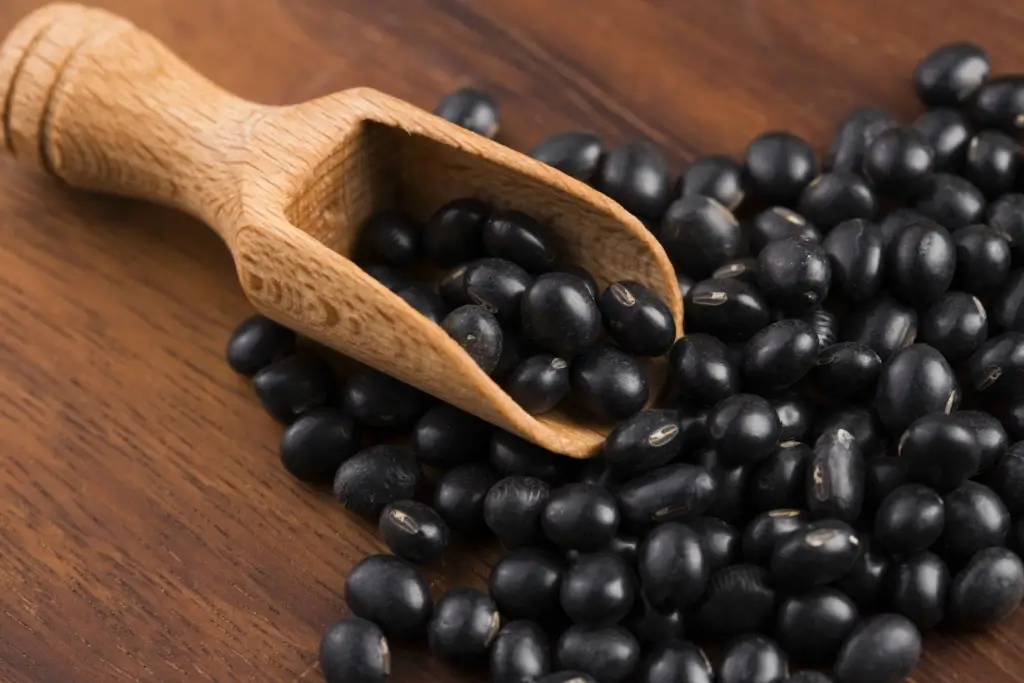
In today’s world of sodas, flavored waters, and energy drinks, gokokucha feels like a change. It doesn’t rely on sugar, artificial flavors, or chemicals to taste good; its flavor comes from grains. Drinking encourages people to slow down, enjoy a simple ritual, and take a mindful pause from busy routines. Whether served hot in the winter or chilled in the summer, it fits naturally into traditional lifestyles and modern healthy living.
Why should I try gokokucha?
You should try gokokucha because it’s a cozy, gentle drink that anyone can enjoy. The toasted grains create a flavor that feels both familiar and comforting, much like the smell of roasted bread or popcorn. It pairs well with meals or snacks and is light enough to drink anytime. Since it’s easy on the stomach, kids and adults can enjoy it without worrying. If you already like mugicha or other roasted teas, this is a natural choice to explore.

In Japan, food and drink often carry meanings of care, balance, and family life, and gokokucha reflects that perfectly. Instead of reaching for a soda, you could enjoy a cup of something warm, simple, and nourishing. Best of all, it’s easy to make, just steep the grains in hot or cold water, and it’s ready to drink. Gokokucha offers a calming and nutritious choice for anyone looking for a new drink. Have you ever tried five-grain tea? How did it compare to other teas? Let us know in the comments below!

Discover authentic flavors with Sakuraco
Get Sakuraco 

Discover authentic flavors with Sakuraco
Get Sakuraco 
Related Articles
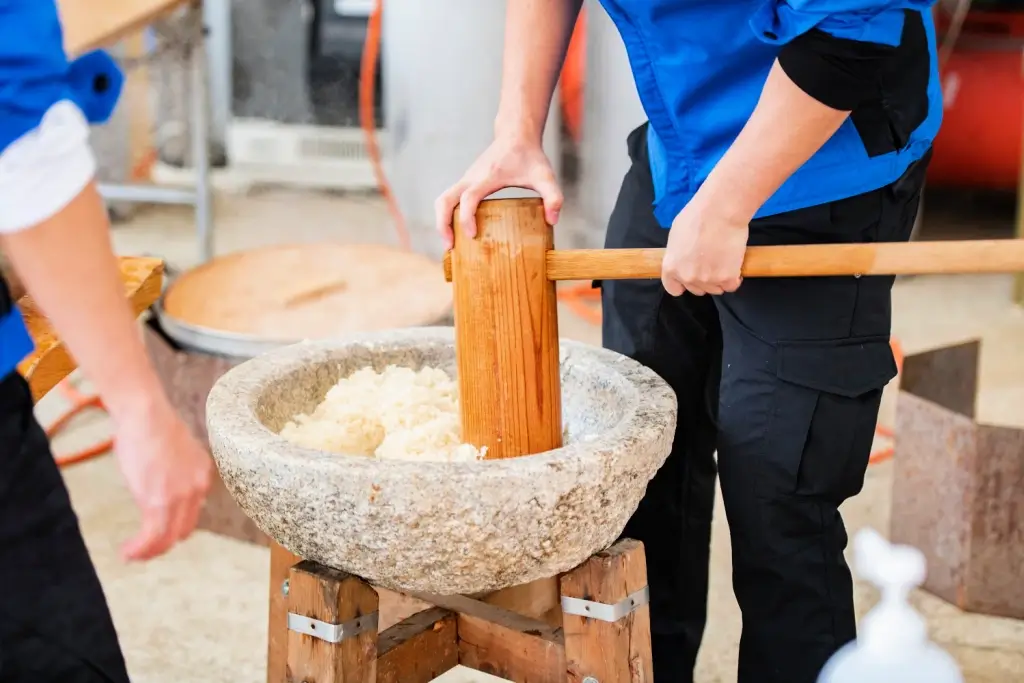
Mochi: How is Mochitsuki Made in Japan?
Mochitsuki is the Japanese tradition of pounding steamed rice to make mochi for the New Year. Families and neighbors gather to participate in this lively and meaningful tradition. The teamwork involved helps everyone feel a sense of connection.
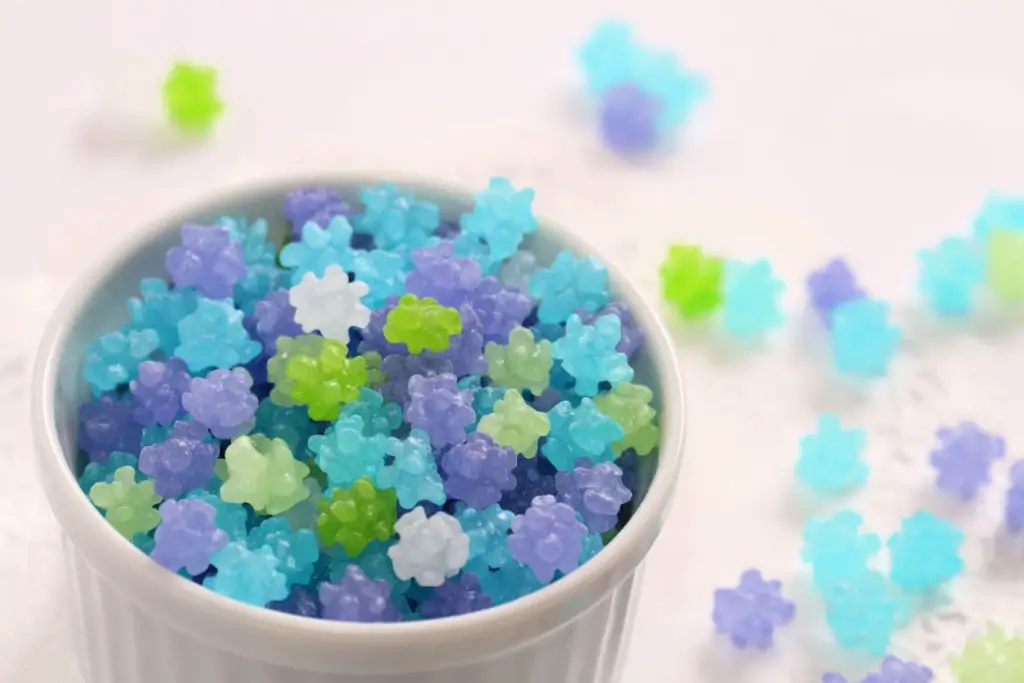
Konpeito Candy: What Makes This Starry Treat Shine?
If you are a fan of the famous Demon Slayer series, then you probably know that the favorite treat of the adorable Nezuko Kamado is those tiny, colorful little sweets.
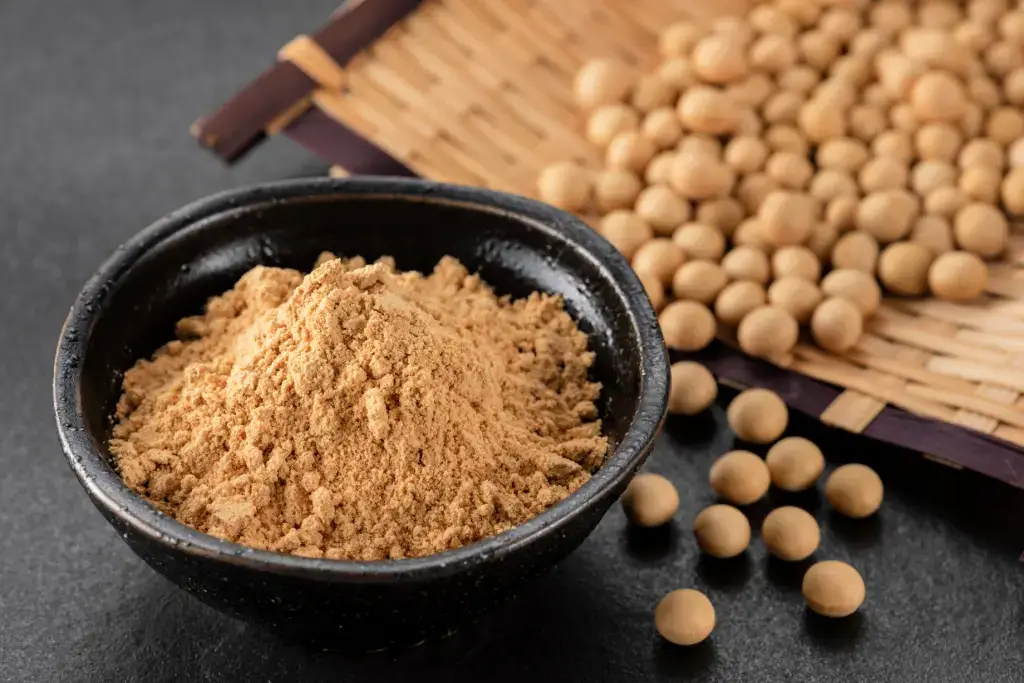
Kinako: The Amazing Roasted Soybean Powder!
Kinako is a very popular ingredient that can easily be found in many traditional Japanese sweets. It has a distinctive flavor, standing alongside other classic tastes such as red bean or sesame. Let’s explore this charming ingredient together, and who knows, you might even be able to make it in your own beloved kitchen!
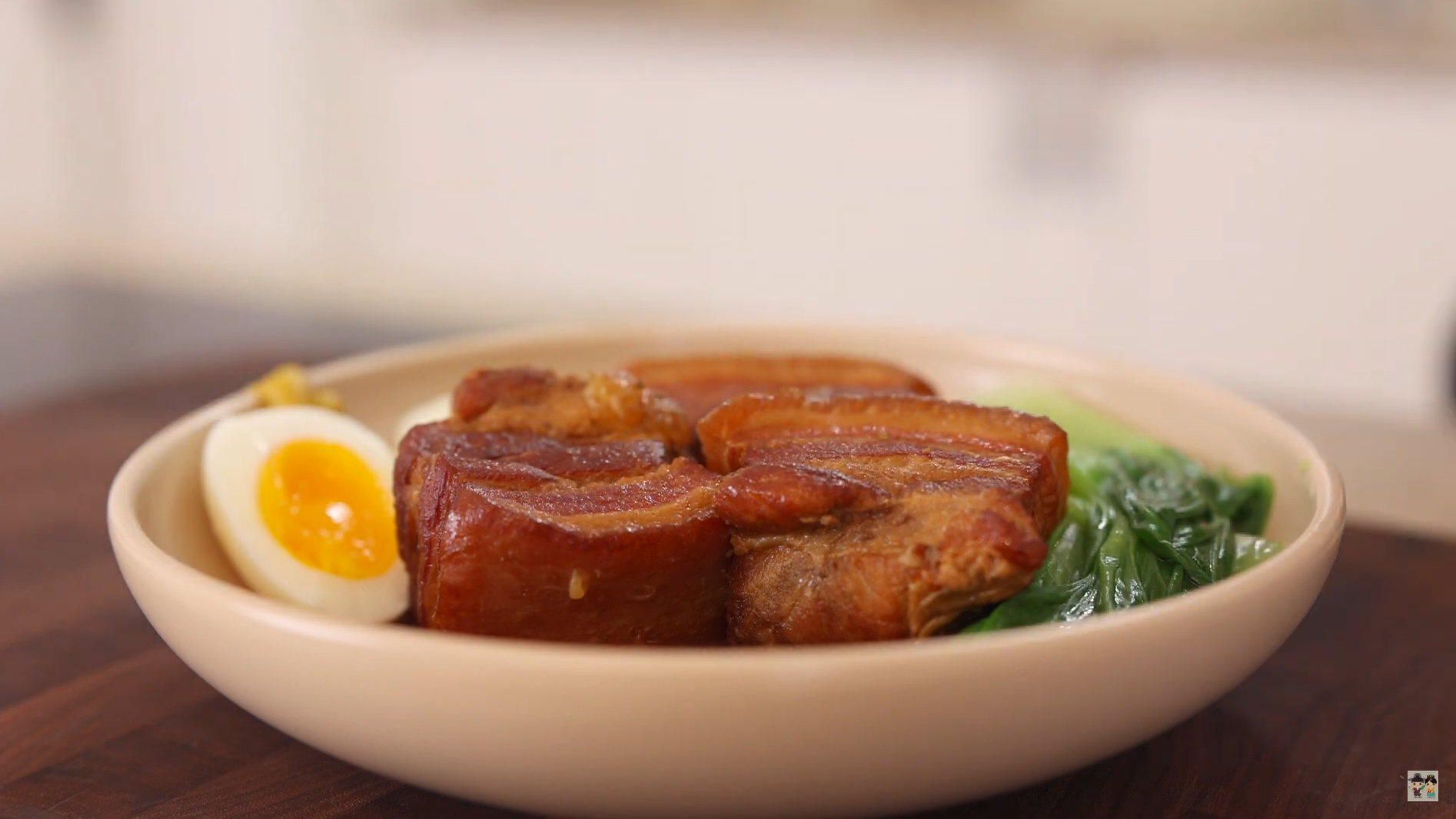
Aaron and Claire Make the Ultimate Japanese Pork Belly: Buta no Kakuni
If you want a Japanese dish that’s rich, tender, and simple to follow, Aaron and Claire show exactly how to make it in this episode. Aaron prepares Buta no Kakuni, a classic braised pork belly dish renowned for its rich flavor and tender texture.



